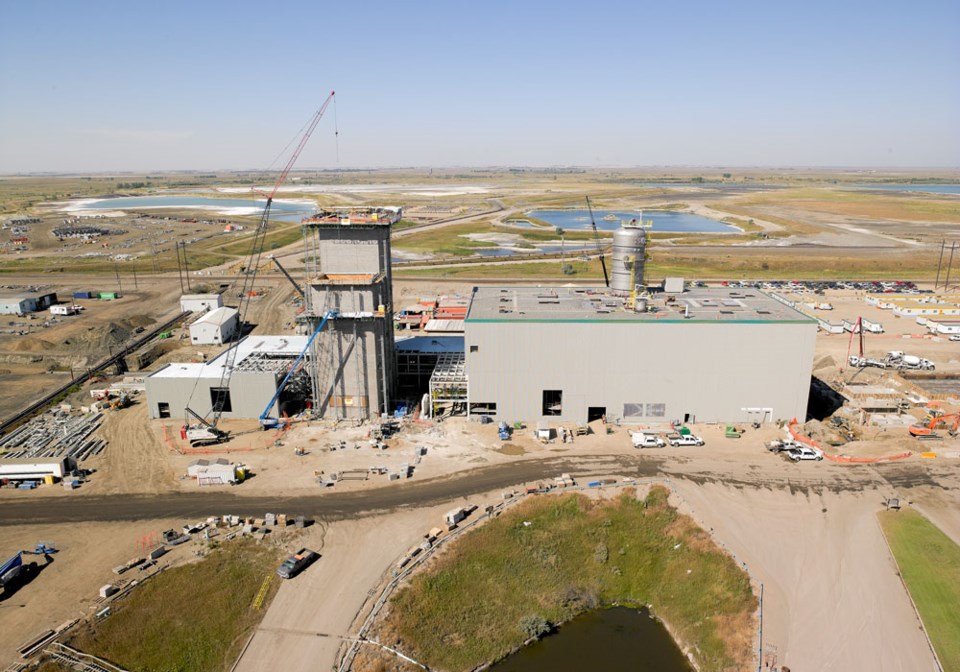Five provinces, including Saskatchewan, are currently getting it right when it comes to producing electrical power supplies for their residents according to the Conference Board of Canada.
The board released their report on Sept. 1, indicating the existing mix of electricity generation technologies in Alberta, Saskatchewan, Manitoba, Ontario and Quebec is the most efficient given the policy, costs and resources constraints.
Some of the highlights from the report indicated that Canada’s generation sector faces a need to accelerate investment in infrastructure to renew assets and accommodate growth.
The report also suggested for each of the five provinces noted above, the current mix of generation technologies is optimal because changes in the mix of fuel sources bring with them relatively substantial incremental costs. This makes an aggressive shift to new technologies a challenge.
The other point noted in the highlight section of the report, referred to the price of carbon emissions. The board said the price of the emissions must rise above $40 per tonne CO2 equivalent to justify a change in the capacity mix for Alberta and Saskatchewan.
“Canada’s electricity generators face a pressing need to invest in infrastructure to meet growing demand for electricity, while at the same time adapting to changing environmental policies,” said Len Coad, research director for Energy, Environment and Transportation Policy with the Conference Board of Canada. “One of the key questions is whether investments should target renewing aging infrastructure or new energy sources. The answer is important because it demonstrates optimal combinations for a range of risk or return levels. This helps inform investment decisions by providing a benchmark for optimal generation mix.”
The report uses a tool from financial portfolio analysis to examine how changing the mix of fuel sources affects the return and risks for society and electricity generators. It finds the current technology mix in each of the five Canadian provinces examined is a low-cost, low-risk combination and near optimal. This makes an aggressive shift to new technologies a challenge as any changes to the current portfolios would result in substantial incremental costs. In case of Alberta, for example, a portfolio that reduces natural gas capacity by nine percentage points from its current level would increase the annual levelized cost by 26 per cent.
“For the most part, the results show the benefits of introducing new generation technologies into these provinces do not offset the incremental capital costs. It also demonstrates that existing generation technology have a ‘sunk cost’ advantage over new stations,” said Coad
Alberta and Saskatchewan are heavily reliant on fossil fuels — coal and natural gas. These two fuels currently account for 81 per cent of Alberta’s generation mix and 75 per cent of the capacity in Saskatchewan. On the other hand, Ontario recently eliminated coal from its generation fleet, has a broad portfolio of renewable generation capacity and relies on natural gas and nuclear technologies. Manitoba and Quebec are primarily hydropower systems with some reliance on wind and natural gas capacity.
The report also examines the impact of carbon pricing on optimal mix of fuel sources for Alberta, Saskatchewan and Ontario (the provinces that rely on hydrocarbons for electricity generation). Emission costs below $40/tonne CO2 equivalent do not justify a change in the capacity mix for Alberta and Saskatchewan. As the price of carbon emissions rises from $40 to $75/tonne, the share of coal decreases toward zero, and the share of natural gas and nuclear technologies start to increase despite the rising carbon penalty on the former. This reflects the limited renewable energy potions in both provinces.
The report was funded by TransAlta Corporation, SaskPower, Enmax Energy Corporation and Atco Power and is publicly available at the Conference Board of Canada’s e-Library.




